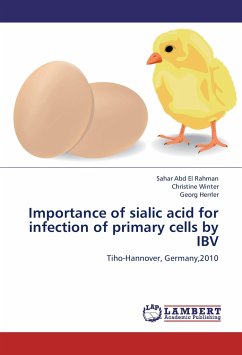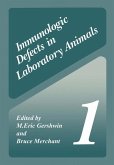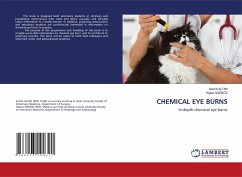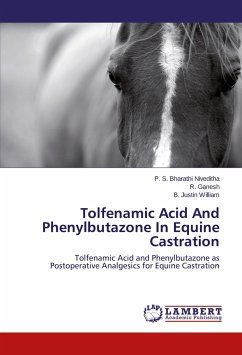Avian infectious bronchitis virus (IBV) is the causing agent of a highly contagious disease with a major economic impact on the poultry industry. It is characterised clinically by respiratory, renal and reproductive manifestations. Despite various vaccination protocols, IBV still plays a role in poultry flocks, mostly because of the appearance of new variant strains which are not neutralized by antibodies induced by available vaccines. Viral entry into host cells is mediated by binding of the viral glycoprotein S to a receptor on the cell surface. Alpha 2,3 linked sialic acid has been reported to play an important role as a receptor determinant for IBV . Here, a comparative study of current field strains, 4/91, Italy 02 and QX has been carried out to investigate their dependence of sialic acid for infection in different primary cell culture systems. To reflect the main target organs of an IBV infection in chicken, the following tissue cultures were used in this study: a) primary chicken embryo kidney cells, b) chicken tracheal organ cell cultures (TOCs), c) chicken precision-cut lung slices (PCLS) and d) chicken oviduct explants (COE).








